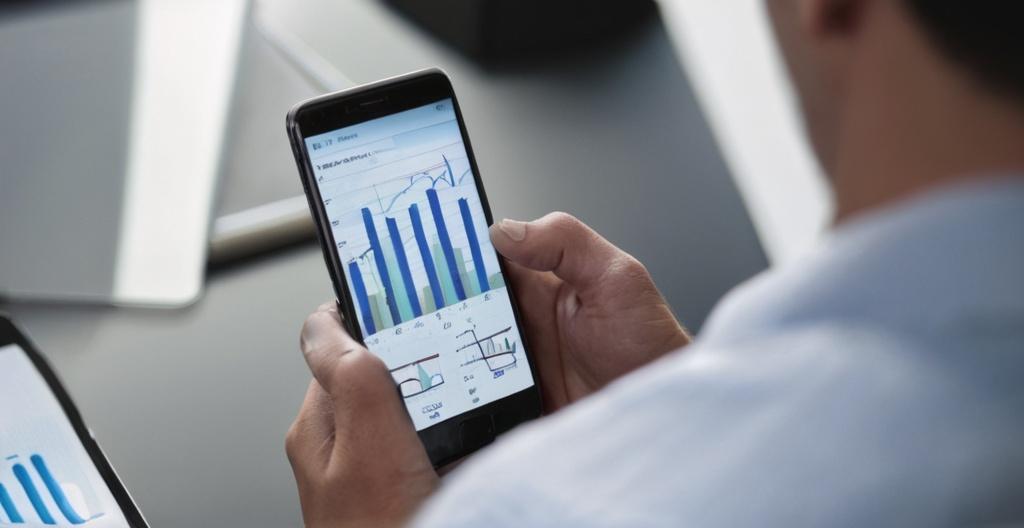Key Take Aways About News Trading
- News trading involves quick reactions to news events to make profitable trades before the market reacts.
- Key news types affecting trades include economic reports, company announcements, geopolitical events, and natural disasters.
- Strategies vary: either trading immediately or waiting for market reactions to stabilize.
- Technology, specifically algorithms and automated systems, are critical in modern news trading for speed and efficiency.
- Challenges include accurate news interpretation, market overreactions, and potential tech errors.
- Success in news trading requires quick thinking, staying informed, and understanding market psychology.

Understanding News Trading
If you’ve ever heard someone say they’re trading based on news, you might think they’re glued to a screen, waiting for breaking alerts. Well, you’d be partly right. News trading involves reacting to news events that could influence the financial markets. The idea is simple: you catch the news, make a judgment call, and execute trades before the broader market reacts. It’s a high-speed game of “Who’s paying attention?” with profits on the line.
News trading is not new. Traders have been rushing to act on news since the days of ticker tapes, but the rise of algorithms and powerful computers has made it way faster. Speed is the game changer here. Traders today rely on lightning-fast strategies to gain an edge, which means cutting through the noise to get to the heart of what’s happening.
Types of News That Affect Trading
Not all news has the same weight in the world of trading. Some headlines make a splash, while others barely cause a ripple. Here’s a rundown of the types that often set traders into motion:
- Economic Reports: Monthly jobs numbers, inflation data, and GDP reports can cause market jitters or jubilation.
- Company Announcements: Earnings reports, mergers and acquisitions, or changes in management can drastically shift stock prices.
- Geopolitical Events: Elections, conflicts, or international agreements can trigger significant market moves.
- Naturally Occurring Events: Natural disasters or pandemics can unexpectedly change market dynamics overnight.
When any of these hit the airwaves, expect traders to scrutinize every detail for trading opportunities. It’s not just about what the news says but also how the market might react.
News Trading Strategies
Strategies in news trading can vary, but they generally boil down to two main approaches: trading the news when it hits or waiting to see how the market digests it.
Trading the News as It Happens is all about speed. Traders catch the news, interpret it, and execute orders quickly. This method can be lucrative but also fraught with risk since fast market movements can lead to rapid gains or losses.
Waiting for the Market’s Reaction involves a more measured approach. Traders let the initial dust settle and then make their moves based on how the market has absorbed the news. This strategy can help avoid the whipsaw effect when prices rapidly go back and forth.
The Role of Technology
Technology plays a massive part in news trading today. Automated trading systems and algorithms allow traders to process information at speeds impossible for humans alone. These systems are wired to parse news feeds and execute trades in milliseconds. High-frequency traders often dominate this space, making it a tough arena for anyone relying purely on manual trades.
That said, you don’t need a supercomputer to participate in news trading. Online platforms offer tools to stay updated with live news feeds and can help in executing trades quickly.
Challenges of News Trading
News trading isn’t without its challenges. First, there’s the matter of interpreting the news correctly. What seems like good news to one trader might be perceived as bad by another. Then there’s the risk of getting caught in the hype. Remember, markets can overreact, and jumping in too soon or too late can lead to losses.
For those using automated systems, the challenge often lies in ensuring that the algorithms interpret the news accurately. There’s also the risk of tech glitches, which can lead to unintended trades or missed opportunities.
Personal Experience in News Trading
Let me share a quick story, just to humanize the mechanics a bit. A few years ago, I decided to try my hand at news trading on a whim. There was an earnings report due for a tech company that I was keen on. I hovered over my keyboard, refreshing my news feed like a guilty pleasure. The moment the report hit, a wave of excitement surged through me as their profits exceeded expectations. I jumped in, bought shares, and within minutes, the stock price soared. However, the initial euphoria was short-lived. By the end of the day, the stock corrected itself when analysts started dissecting the “fine print” of that press release. That day, I learned the hard way that patience, sometimes, is indeed a virtue.
Conclusion
News trading can be exhilarating, akin to a high-stakes card game. But it requires a sharp mind, quick reflexes, and occasionally, a willingness to accept that the markets don’t always react as expected. Whether you go the manual route or enlist the help of technology, being aware of the pitfalls and potential is key. If you’re up for the challenge, then sharpen your focus, stay informed, and may your trades be ever in your favor.